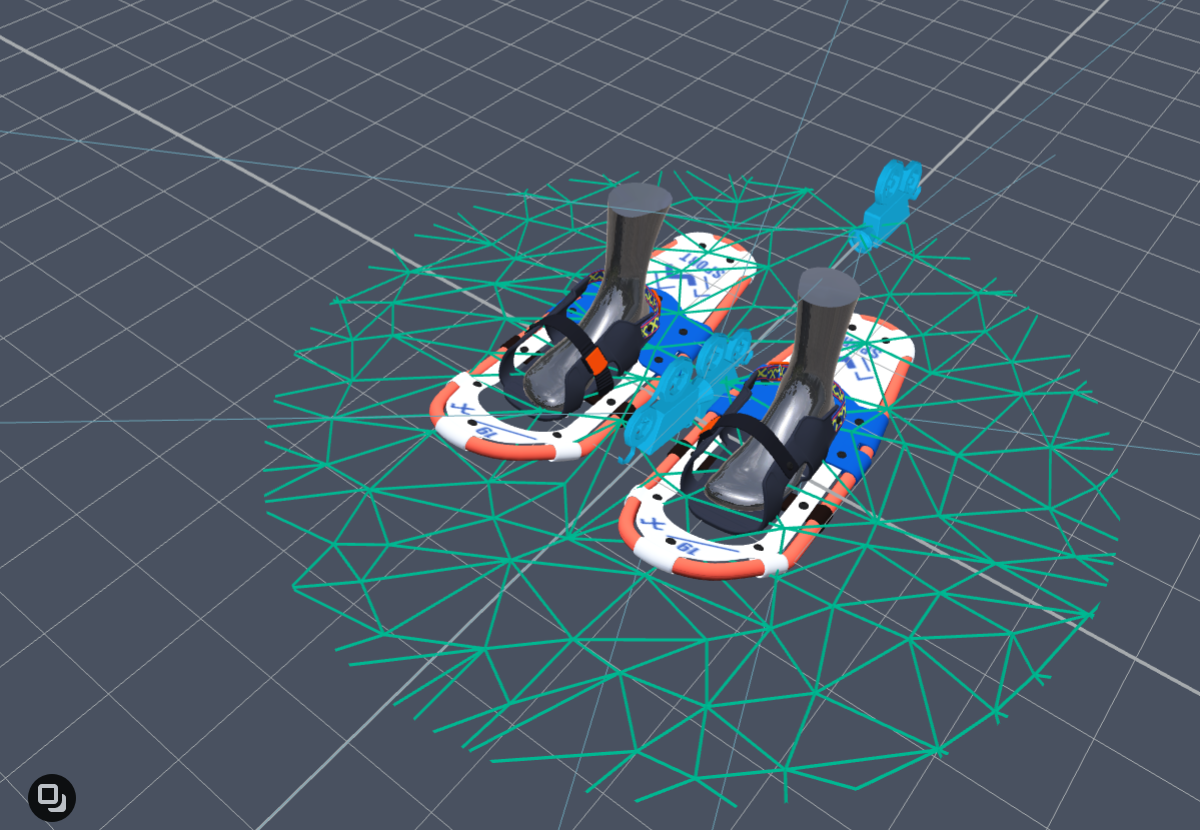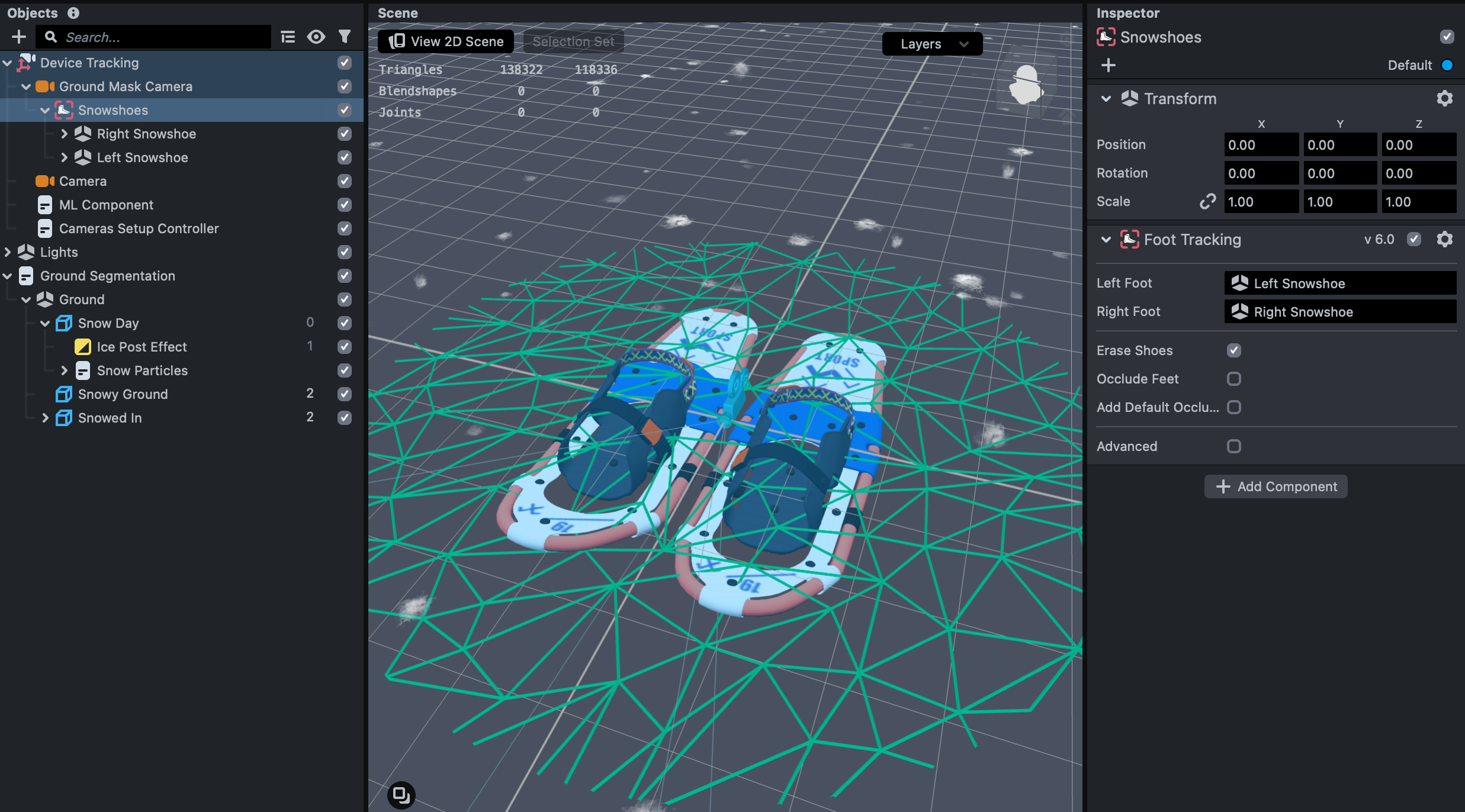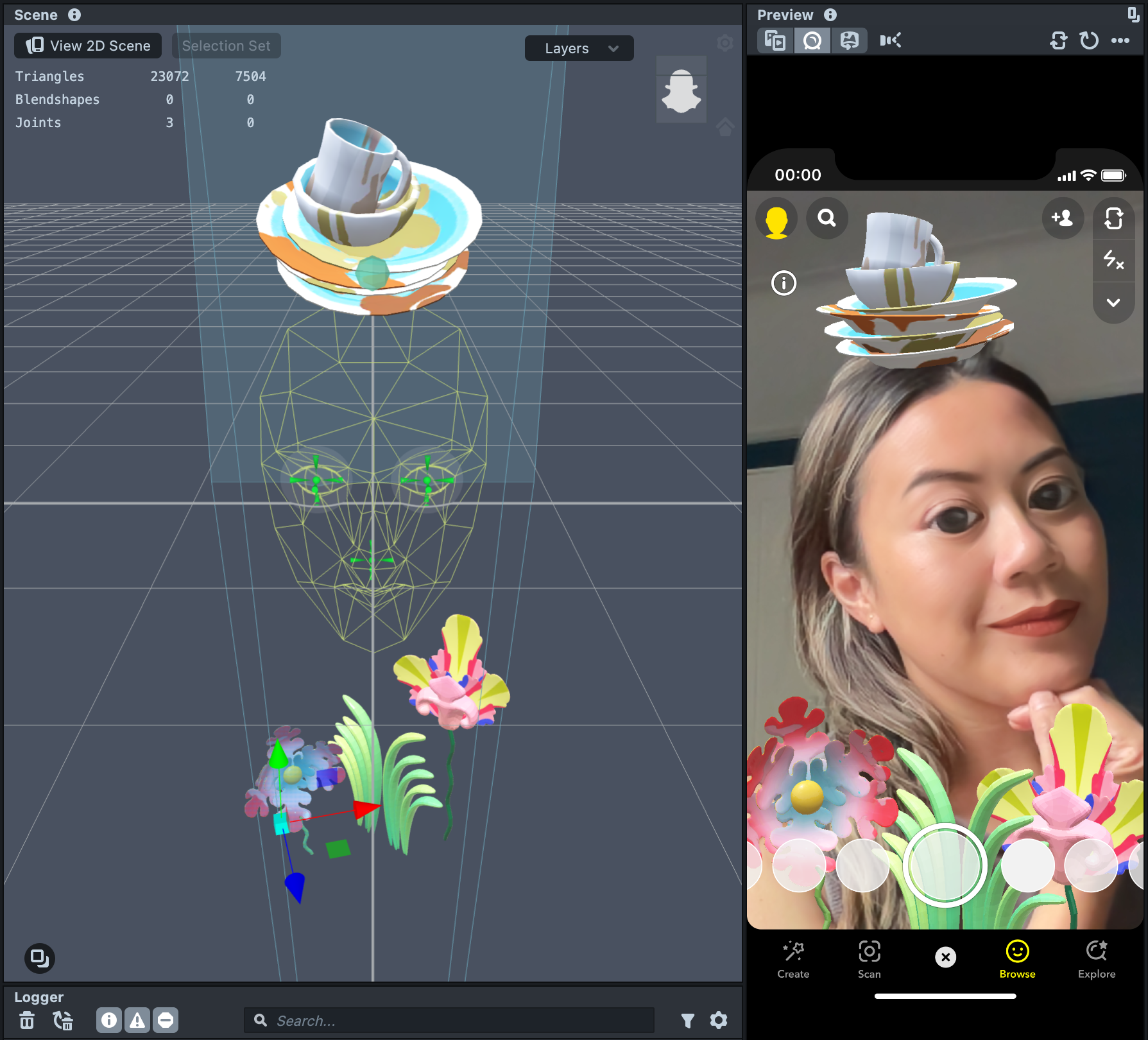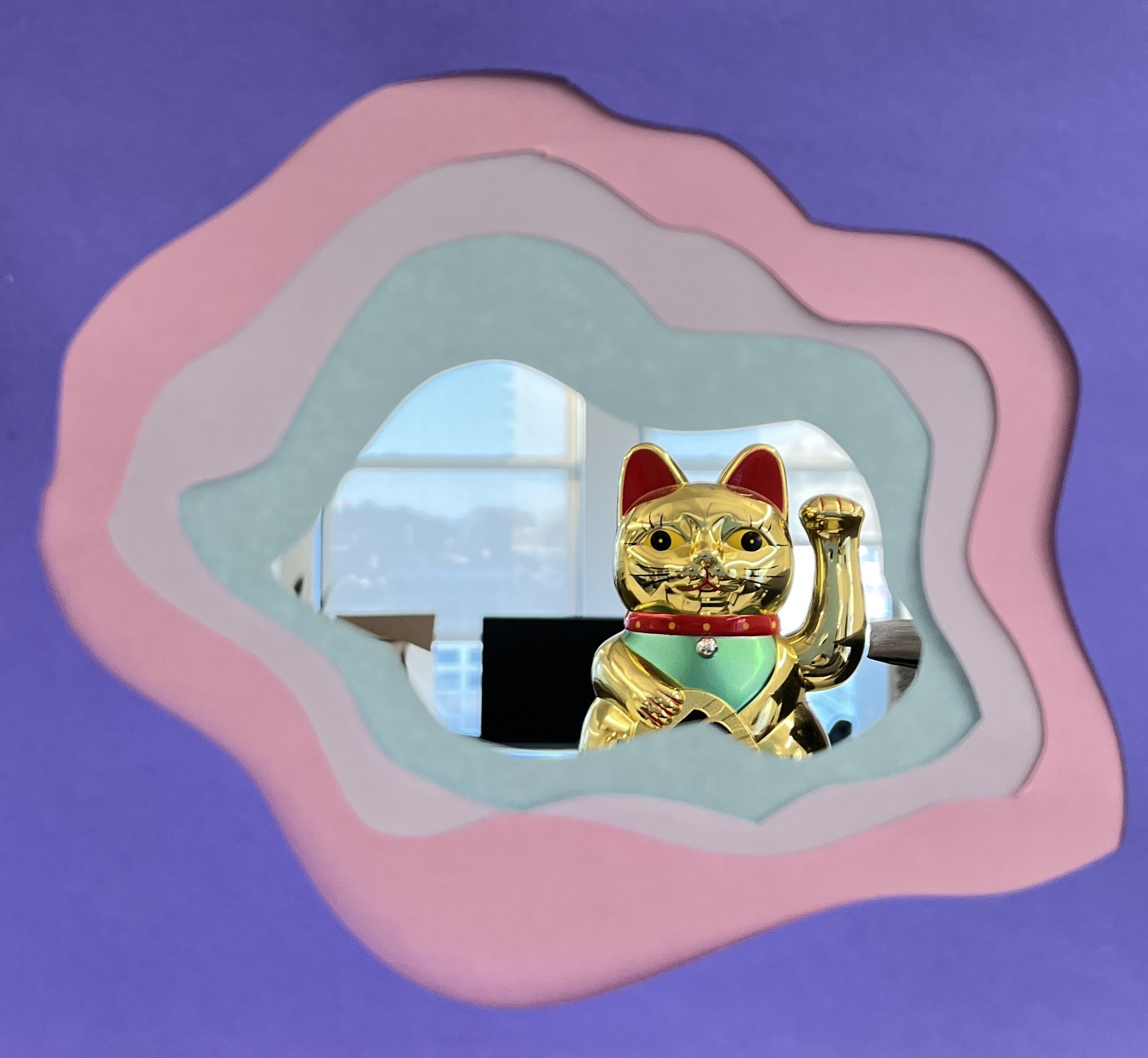Background
Our assignment for the final lens was to create a lens using any modality (or combination of modalities) intended for one of the following applications: Utility/Tools, Games, Education, Commerce (Advertising, Fashion, Shopping/Retail, etc.), Storytelling, or Artistic Expression.
When I started to work on this lens, I was inspired by recently having to dress up in “Hogwarts in Manhattan” theme for an in-house competition at my gym. I was a big Harry Potter nerd growing up, so I had no problem digging out my old Gryffindor robe and Harry Potter glasses, even though I’m technically a Ravenclaw.
However, because I chose to work in the world of Harry Potter, one of my first concerns in building a lens was taking into consideration what already has been done in Snap and/or AR. Some previous applications in Snapchat included virtual Hogwart house outfits for Warner Bros' new Tournament of Houses series, Quidditch-themed Bitmoji, and a shoppable mini Hogwarts Mystery game where you could practice spells by drawing on your screen.
The Quidditch-themed Bitmoji lens in Snapchat released on July 31, 2018.
A big draw of augmented reality for me is being able to converge the worlds of fantasy and reality. In the same way that you could cosplay characters, drink butterbeer (I even made it once myself), and get a wand at the Ollivanders in Universal Studios, it’s fun to have these elements of fantasy and magic in your “real” life.
So as I approach this final project, I considered using the world/environment modality and applying this lens as part of an experience at a Harry Potter store or theme park.
Through the Lens (of a Seeker)
I created a lens based on the Golden Snitch (also just known as the Snitch), a small golden ball that would fly (and sometimes pause or hover) around the field in a game of Quidditch. A team’s Seeker has to catch the snitch in order to end the match. In Lens Studio, I worked on mimicking the Golden Snitch’s movement by using move and rotation tweening to animate the object. I also experimented with VFX including confetti particles that could possibly be triggered by “catching” the snitch.
A screenshot of the lens in progress in Lens Studio.
A demo of the Seeker lens in action. Since this test, I adjusted the movement of the snitch to “fly” a little further off the screen, but this video gives you a sense of the animation.
Additionally, I was thinking about more applications of this playful world lens in a real place where the user could make more magical discoveries. I added image tracking to a blank folded piece of parchment paper. By moving your lens over the paper (come back to this image after you load the lens in Snapchat), the Marauder's Map – a magical map of Hogwarts – would reveal itself.
GIF of the Marauder’s Map animation.
Next Steps
There are many more next steps and possibilities for this lens. It would be great to continue building this lens out with scripted interactions (getting close to the snitch or catching it), adding audio components and triggers, having a front camera face lens component, and mapping objects to custom landmarks (back to the idea of applying this lens to Harry Potter World).











